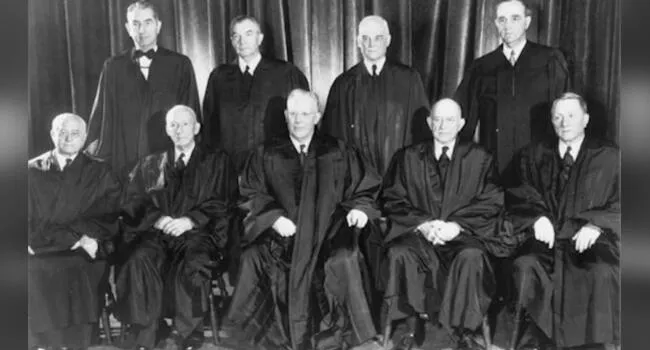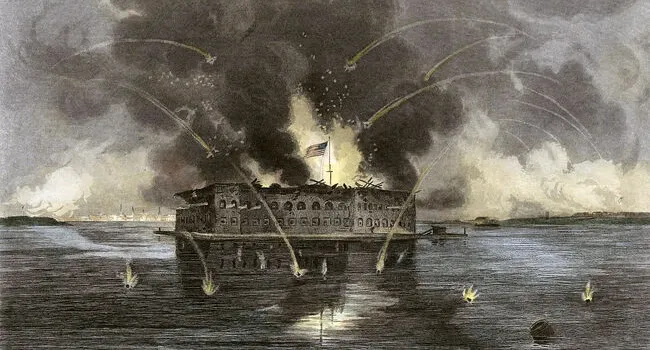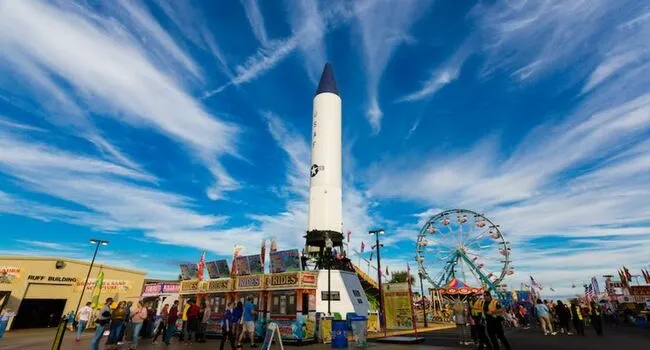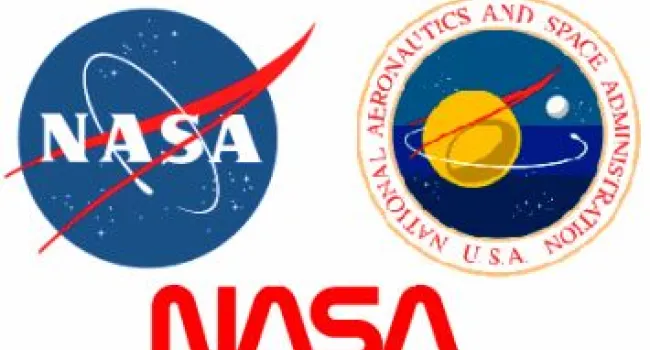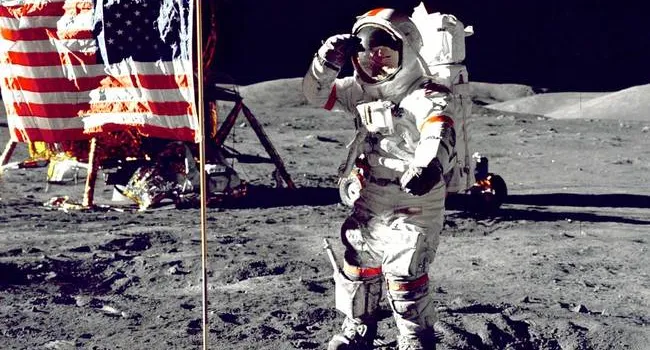"Failure is not an option!"
-Flight Director Gene Kranz
NASA's Apollo 13 was intended to be the third mission to land on the moon, but fate had other plans. Apollo 13 launched from Kennedy Space Center, Florida on April 11, 1970. Just three days into the mission, a routine oxygen tank "stir" caused a damaged oxygen tank inside their service module to rupture. This explosion crippled the spacecraft, and a sizeable portion of their oxygen supply was leaked out into space. In order to survive, Apollo 13's crew - Commander James "Jim" Lovell, Command Module Pilot Jack Swigert, and Lunar Module Pilot Fred Haise were forced to migrate from the Command Module Odyssey into their Lunar Module Aquarius, which became a makeshift "lifeboat." The Mission Control team in Houston worked round the clock with the astronauts to bring them back safe and sound to earth.
Apollo 13 is remembered today as a “successful failure” in that the astronauts safely returned home despite not landing on the moon.



